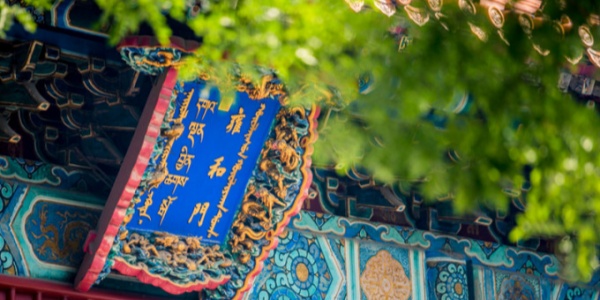Beijing has a rich history and a vibrant culture. While attractions such as the Forbidden City and the Great Wall are a must-see, there are a few hidden gems that capture the true essence of the city. In this article, we'll introduce you to eight unique attractions in Beijing, each with its own charm and character, that will immerse you in the city's culture, history, and modern vibrancy. Whether you're looking for historical landmarks, quiet streets, or bustling business districts, these places will allow you to get away from the hustle and bustle and experience a more authentic Beijing.
Recommended Itinerary:
Beijing Experience Tour;
Beijing Short Panoramic Tour;
Plz contact us for more private customized itinerary based the individual preference.
1,Beiluoguxiang
Beiluoguxiang is located in Andingmen Street, Dongcheng District, south to Gulou East Street, and only one street away from Nanluoguxiang. It is quiet and pleasant, not yet contaminated by the commercial atmosphere, mixed with the atmosphere of the market and literature. Compared with the famous Nanluoguxiang, Beiluoguxiang has more blue brick walls, abandoned bicycles, closed doors, and flower stands planted with various flowers, which is more suitable for people who like quietness to stroll.
Time reference: 1-3 hours
Tickets: Free
Opening hours: All day
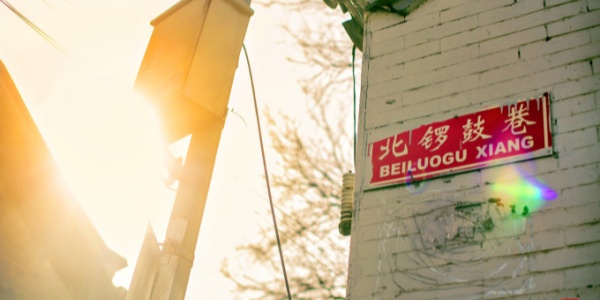
2, Dongjiaominxiang
Dongjiaominxiang is an alley in Dongcheng District, Beijing. In the old days, it was a place for water transport, so it was originally called Dongjiangminxiang. Starting from Tiananmen Square East Road in the west and ending at Chongwenmen Inner Street in the east, it is nearly 3 kilometers long and is the longest alley in old Beijing.
Dongjiaominxiang was a gathering place for foreign embassies in the late Qing Dynasty, so there are many Western-style houses along the street. The buildings are all Western-style and now basically maintain their original appearance. Some of them have become office locations for state agencies, such as the Beijing Municipal Public Security Bureau, the Supreme People's Court, and the Ministry of Foreign Affairs Guesthouse. You can come here to appreciate the appearance of these Western-style buildings and review the bloody modern history. There are many plainclothes police on the street, and taking photos is prohibited in some places.
Transportation
To the west entrance of the hutong - take bus No. 2, 5, 22, 120, 126, 203, 210, Special 1, Special 2 and get off at Tiananmen Square East Station, or take bus No. 8, 9, 20, 44, 201, 209, 673, 729, Special 2 and get off at Qianmen East Station, or take subway Line 2 and exit at Qianmen Station Exit A.
To the east entrance of the hutong - take bus No. 25, 39, 41, 106, 108, 110, 111, 116, 614, 684, 685 and get off at Chongwenmennei Station, or take subway Line 2 or Line 5 and exit at Chongwenmen Station Exit A.
Tickets: Free
Opening hours: All day
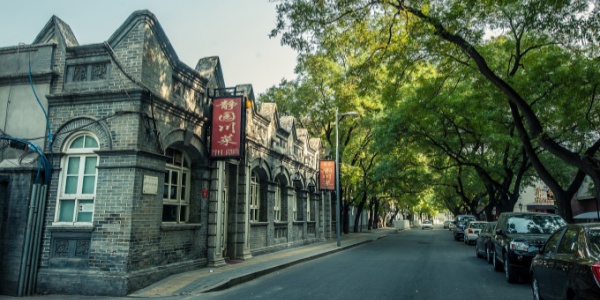
3, Drum Tower
Beijing Drum Tower Street is simple and ancient with alleys, many old shops and various old Beijing snacks on both sides. Today, Drum Tower Street has gradually been filled with a fashionable atmosphere. The fusion of classic and modern makes Drum Tower Street glow with new vitality.
Time reference: 1-3 hours
Transportation
Subway: Take Metro Line 2 Drum Tower Street Station (Exit E Northwest) and walk 150 meters to arrive
Tickets: Please consult the scenic spot for specific details
Opening hours: All day
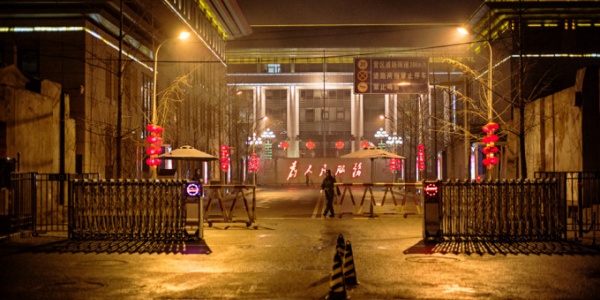
4,Guozijian (Imperial College)
Located on Guozijian Street (formerly known as Chengxian Street) inside Beijing's Andingmen Gate, adjacent to the Confucius Temple and the Yonghe Palace, the Guozijian is the highest administrative institution for state management of education in China during the Yuan, Ming, and Qing dynasties, as well as the highest academic institution established by the state. The Confucius Temple in Beijing is part of the Confucius Institute, formerly known as the Confucius Temple of the Confucius Institute or the Confucius Temple of the Capital, which was the place for the Emperor to hold national ceremonies for Confucius, and the western side of the Imperial College (the Confucius Institute), constituting the establishment of the “left temple and right school”.
October to April is the best tourist season. The weather is pleasant and the flowers are in full bloom. You can also stroll around the Imperial City Park to enjoy the flowers and birds. It is very pleasant. Wisteria is one of the characteristics of the scenic spot. Many tourists come here every spring.
Time reference: 1-3 hours
Transportation:
Subway:
Take Metro Line 2/Line 5 to Lama Temple Station
Bus:
Take Bus No. 118/684/13/117 to Lama Temple; take Bus No. 113/108/104/803/124/758/950 to Fangjia Hutong
Tickets: 30 yuan; half-price tickets are 15 yuan for college students with student ID cards, and elementary and middle school students with student ID cards and children under 1.2 meters in height are free of charge.
Opening hours:
Peak season (May-October): 8:30-18:00, ticket sales stop at 17:30 every day
Off-season (November - April of the following year): 8:30-17:00, ticket sales stop at 16:30 every day, closed every Monday during the off-season.
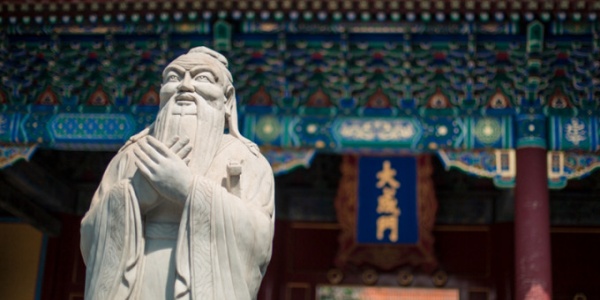
5, Qianmen Street
Qianmen Street is a very famous commercial street in Beijing. Located on the central axis of Beijing, the street is 845 meters long and the carriageway is 20 meters wide. It was called Zhengyangmen Street from the Ming and Qing dynasties to the Republic of China. It was commonly known as Qianmen Street by the people. It was officially named Qianmen Street in 1965. There are many famous time-honored shops, such as Quanjude, Donglaishun, Dashilan and Xianyukou Hutong. While the original time-honored shops and traditional business characteristics are basically preserved, new stores such as clothing, food, and watches have been opened one after another.
Reference time: 1-3 hours
Transportation
Metro Line 2 Qianmen Station
Take bus No. 23/57/137/Night 7/Night 10 to Sanlihe Bus Station in Dongcheng, and walk about 443 meters to arrive.
Tickets: Free
Tips: Please consult the scenic spot for specific details
Opening hours: All day
Tips: For reference only, please refer to the actual opening situation
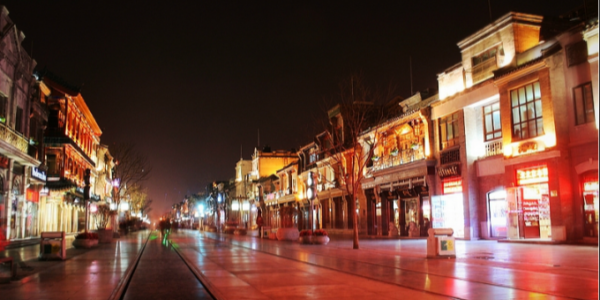
6, May Fourth Street - Peking University Red Building
It was built in 1916 and completed in 1918. It was originally the school building of Peking University and the birthplace of the New Culture Movement. The building is a four-story red brick building. The first floor is an exhibition hall with special exhibitions introducing Chen Duxiu and Cai Yuanpei. The screening room will show films introducing the May Fourth Movement at 10:30, 11:30, 13:30, and 14:30.
Time reference: 1-3 hours
Transportation
Bus: Take bus No. 101 to Shatan Road Intersection West, get off and walk 171 meters to arrive
Tickets: Please consult the scenic spot for specific details
Opening hours: 09:00-17:00, closed on Mondays
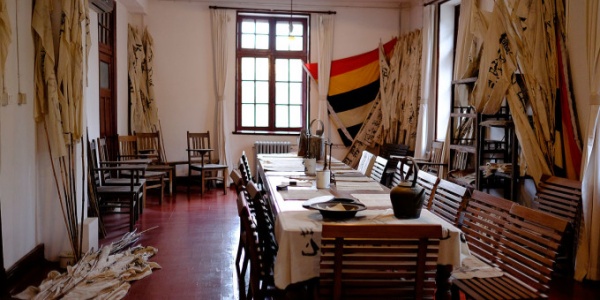
7,Wudaoying
Wudaoying was formerly known as Wudeweiying, and later renamed Wudaoying Hutong. "Ying" is a military unit, and the place where troops are stationed is generally also called "Ying". Now Wudaoying has become the newest gathering place for petty bourgeoisie literature and art in Beijing, with various cafes, book bars, and boutique shops everywhere, and it is the new favorite place for literary youths.
Reference time: 1-3 hours
Transportation:
Subway:
1. Take Subway Line 2 and get off at Andingmen Station/Lamhegong Station, and walk to the destination.
2. Take Subway Line 5 and get off at Lama Temple Station, and walk to the destination.
Bus:
Take Bus No. 119, 125, 301, or 430 and get off at Andingmen Station, and walk to the destination.
Tickets: Free
Tips: Please consult the scenic spot for details
Opening hours: All day
Tips: For reference only, please refer to the actual opening conditions
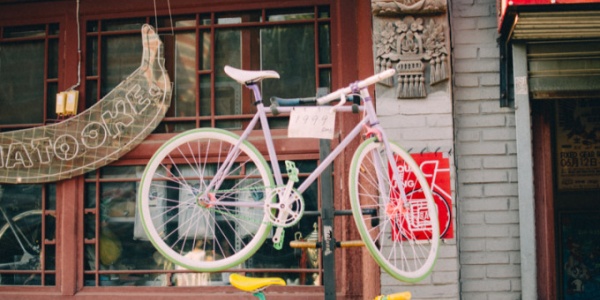
8, Yonghe Temple
Located on the east side of Yonghe Temple Street, Yonghe Temple is the largest <a class="seo-content-a" target="_blank" href="https://www.intotravelchina.com/html/web/%3Ca%20class=" seo-content-a'="" style="box-sizing: border-box; text-decoration-line: none; outline: none medium; transition: 0.3s ease-in-out; margin-top: inherit; font-weight: inherit; line-height: inherit; font-size: inherit; font-family: inherit; overflow: inherit; text-overflow: inherit; -webkit-line-clamp: inherit; display: unset; -webkit-box-orient: inherit; border-bottom: 1px dashed rgb(0, 0, 0); padding-bottom: 2px;">Tibet/index.html'>Tibetan Buddhist temple in Beijing. The former site of Yonghe Temple was originally the residence of the internal officials of the Ming Dynasty. In the 32nd year of Emperor Kangxi's reign (1693), it became the residence of the fourth prince Yinzhen. In 1983, it was designated as a national key Buddhist temple in the Han area by the State Council.
The temple is mainly composed of three exquisite memorial archways and five magnificent halls. From the east and west memorial archways with flying eaves and brackets to the ancient and fragrant east and west Shunshan buildings, it covers a total area of 66,400 square meters and has more than a thousand halls.
Transportation
Metro: Metro Line 2 - Yonghe Temple Station
Bus:
1. Yonghe Temple Bridge East - Bus No. 13; Bus No. 18; Bus No. 44 Internal; Bus No. 44 External; Bus No. 62; Bus No. 75; Bus No. 116; Bus No. 684; Bus No. 909; Bus No. 12 Internal; Bus No. 12 External; Bus No. 2
2. Yonghe Temple Station - Bus No. 13; Bus No. 116; Bus No. 117; Bus No. 684; Airport Line 2 Air-conditioned
Tickets: 25 yuan/person
Opening hours:
Winter: November 1st - March 31st every year: 9:00---16:00
Summer: April 1st - October 31st every year: 9:00---16:30
